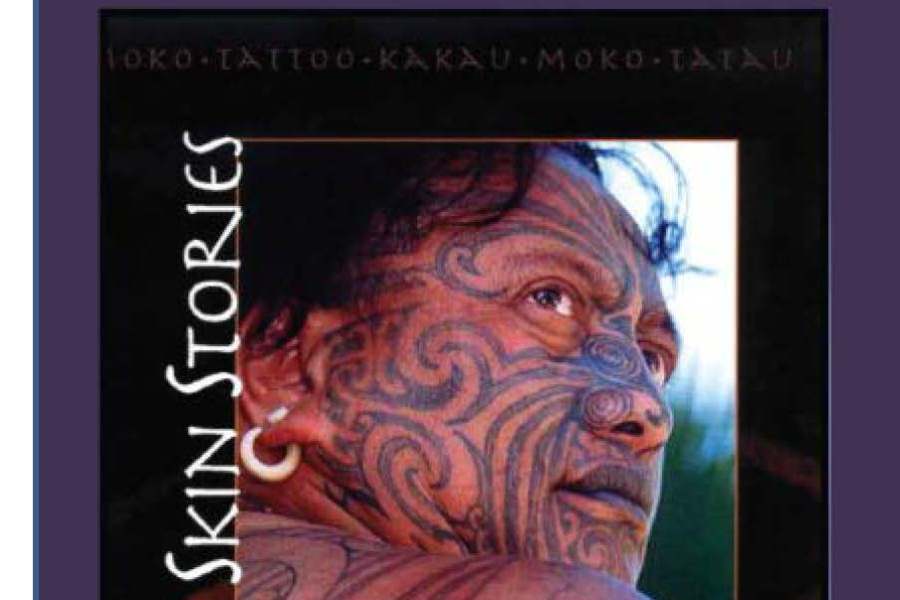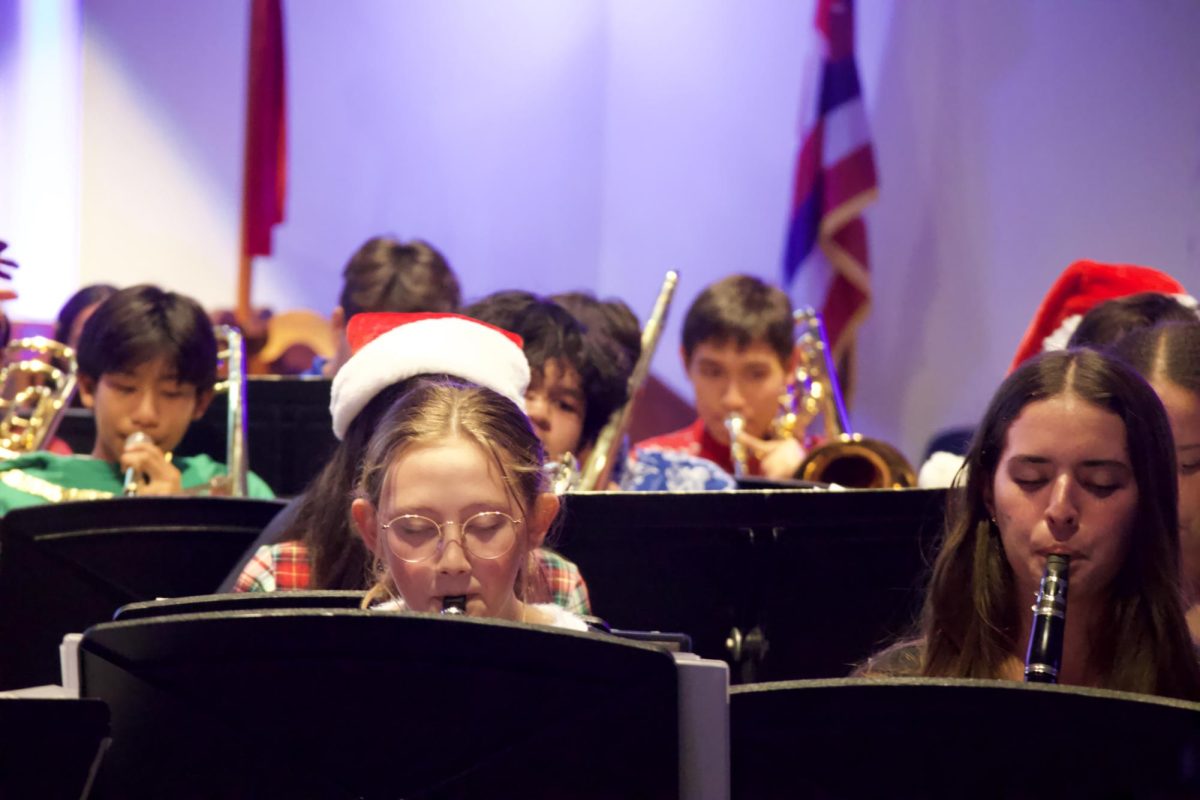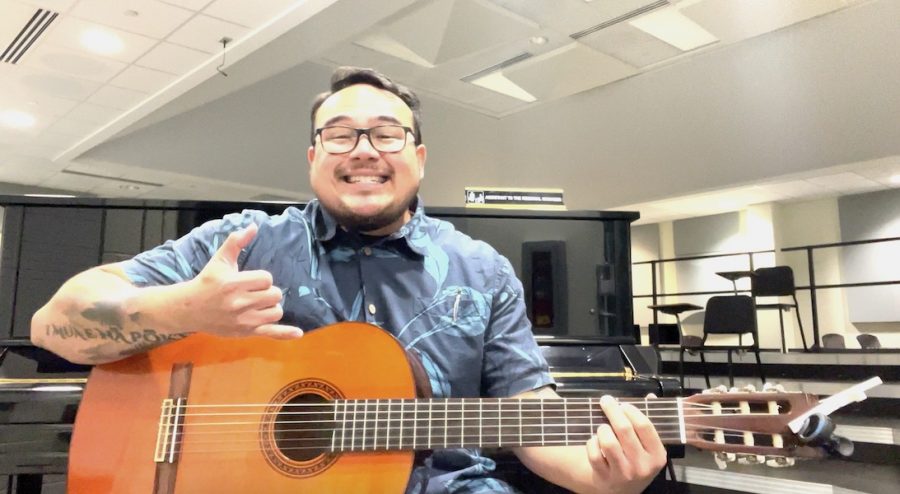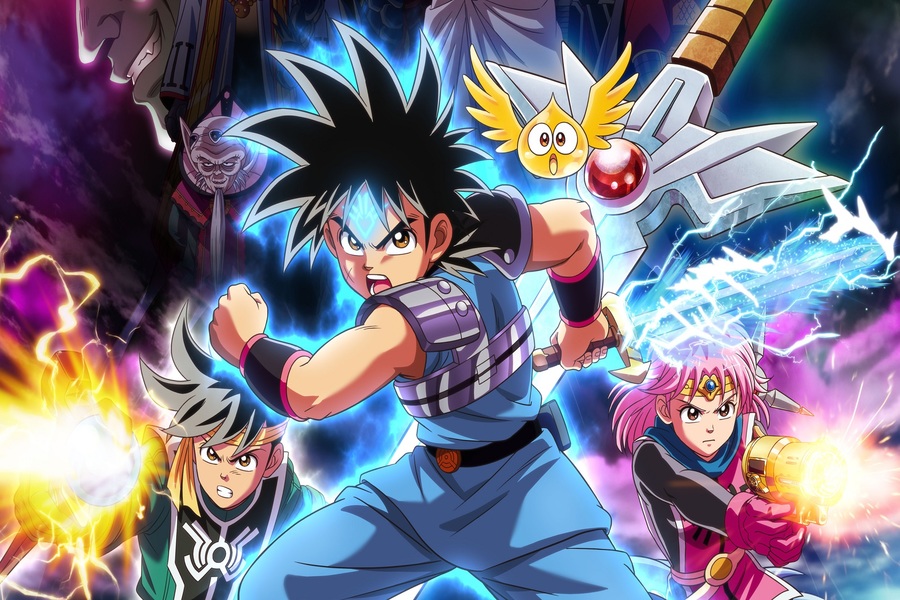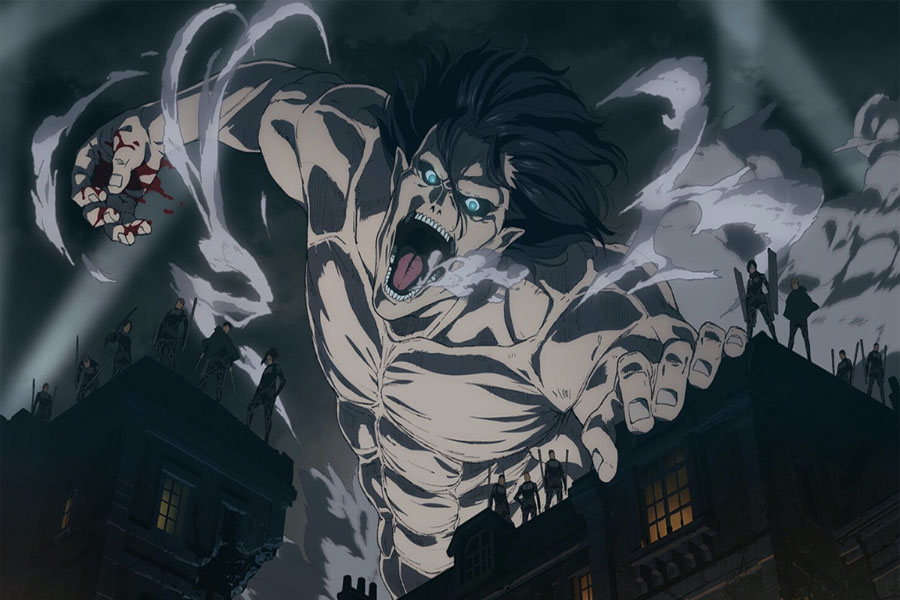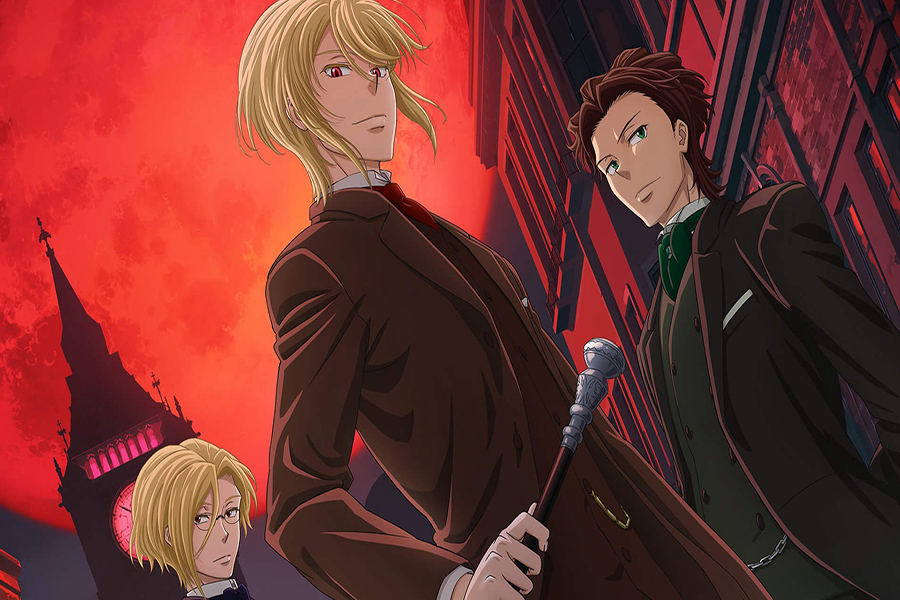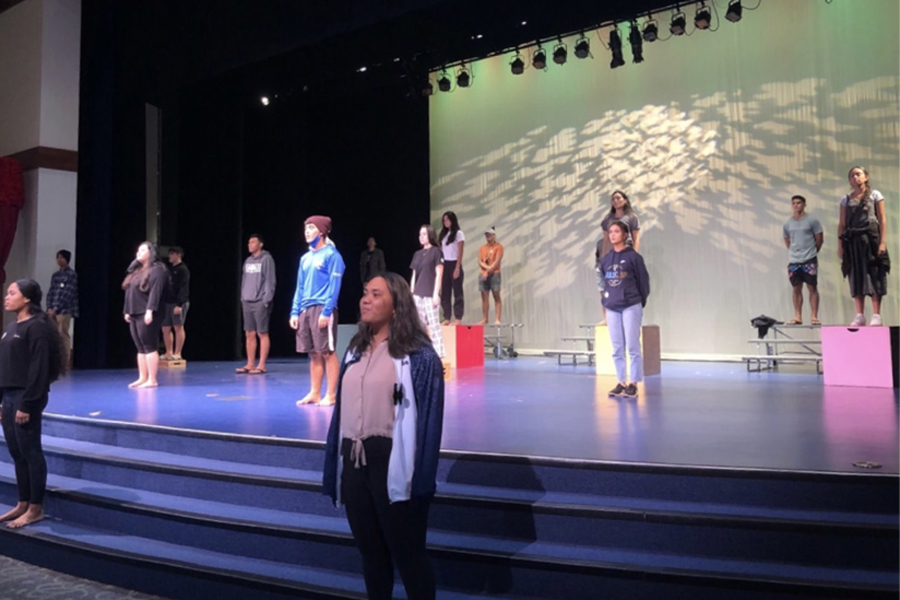The art and culture of Polynesian tattoos is a topic of great interest since the boom in tattooing in the late 90’s and early 2000’s.
According to Harris Polls taken in 2003 and 2008, the interest in getting skin inked is on the decline.
In 2003, 16% of Americans reported that they had at least one tattoo, and in 2008, that number had shrunk to 14%. The rate of tattooing fell across all regions, races, genders, political affiliations, and age ranges in the U.S., except for in the Western states, where the number remained the same at 20% of the population reporting one or more tattoos and except for the 65+ age range, which rose from 7% to 9% reporting tattoos.
Among young adults ages 18-24, only 9% report having tattoos, but the group with whom tattoos are overwhelmingly popular are those in the 25-29 age group, with 32%, nearly one-third, reporting tattoos.
The Harris Poll showed that the most popular reason for Americans to get tattoos is because it makes them feel “rebellious” and “sexy.”
Checking in with Kamehameha Maui students and staff, I found their reasons to be more in keeping with familial, spiritual, and cultural connections than for the Harris Poll reasons.
Senior Pololū Nakanelua, for example, has a traditional Hawaiian kākau on the outside of his left leg. His kākau is a symmetrical representation of his life. He says it constantly reminds him of his ancestors, and the actual tattoo represents his genealogy along with personal growth and self-discipline.
“It’s something that shows who we are,” Nakanelua said.
Junior Hiʻilei Casco also has a traditional tattoo that represents her life. Similar to Nakanelua’s her tattoo and the placement of it (on the back of her neck) shows who she is and where she comes from. Her love for paddling is also reflected in her kākau.
“Make sure it’s [your tattoo] meaningful. Feel it in your spirit, not your mind or heart, but spirit,” she said.
Sophomore Kawai Kualaau has a Chinese symbol that represents love on her right hip. She says the tattoo was inspired by her mother, who has the same one. She also said that since that symbol is now on her body, she will always be connected to her mom and that the tattoo will be a constant reminder of her.
Kea Kuia, also a sophomore, has a tattoo down the right side of her rib cage. Her tattoo is of three hibiscuses of all different sizes surrounded by a tribal design. The flowers represent her and her two younger siblings, and the tribal portion serves as a reminder of her Hawaiian culture.
Many of the students that have tattoos in KSM have ones that are related to their family and lifestyle, similar to how ancient Hawaiians had kākau in the past.
Even some faculty have tattoos, such as Mrs. Victoria Hoʻopiʻi, the library assistant, who has Matthew 19:26 tattooed on her leg as well as a picture of her grandmother’s rosary that was blessed by the Pope.
“Tattoos I think help lead people through hard times in life,” Mrs. Hoʻopiʻi said.
Anyone interested in learning more about traditional Polynesian tattooing is welcome to attend Skin Stories, a Pacific Islanders in Communications film on the art and culture of Polynesian tattooing, on Tuesday, Sept. 25, in Keōpuōlani Hale. The showing is free and open to the public as part of the school’s Huliau film series.
This movie is about the diverse cultures across Polynesia that represent themselves through the art of tattooing. Cultures include Samoa, where tatau is a sacred art form; Aotearoa, where moko is just starting to make a resurgence; and Hawaiʻi, where more and more people are connecting to their culture through the intricacies of kākau.
The night will start off with light refreshments at around 6:00 p.m., and the movie will begin at 6:30 p.m. Bring a sweater as it may get cold.

